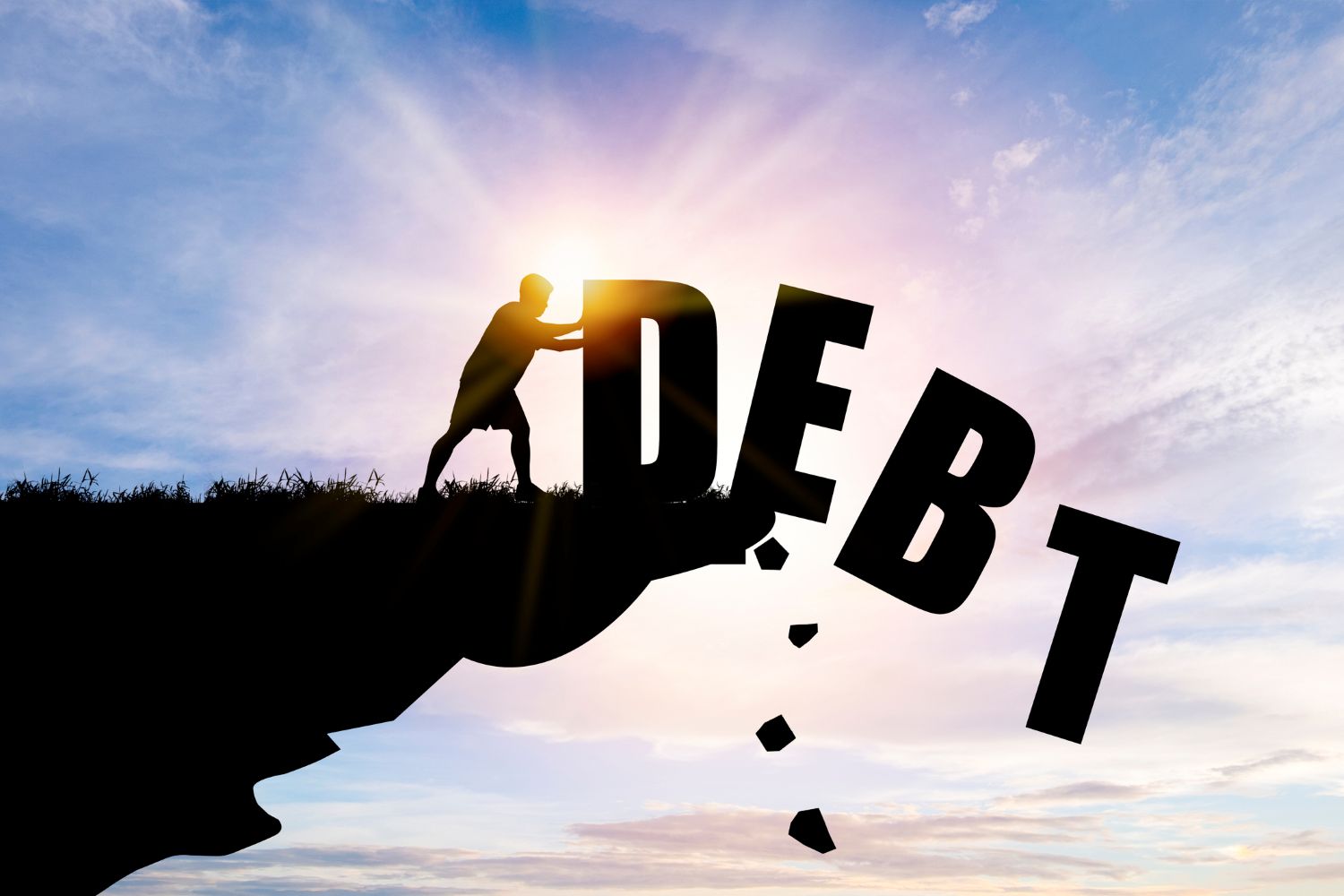South Africans are still buckling under crippling debt, but economic conditions could pave the way to pay it off.
While the outlook for South African households is positive, with the economy showing signs of a turnaround, consumers can take advantage of improving conditions by reducing their high debt levels.
John Manyike, head of financial education at Old Mutual, says although external forces may derail progress, the current outlook for South African households is positive.
“This optimism was boosted by President Cyril Ramaphosa in his State of the Nation Address when he spoke about the Medium-Term Development Plan of the government of national unity (GNU) to “drive inclusive growth and job creation, reduce poverty and tackle the high cost of living and build a capable, ethical and developmental state.”
ALSO READ: Consumers warned against taking on more debt despite third repo rate cut
Decline in inflation and interest rates
Manyike says a primary factor in the economic turnaround has been the decline in inflation over the past two years and the consequent reversal of the interest rate cycle. After reaching highs of around 7.5% at the end of 2022, inflation hit a low of 2.8% in October 2024 and economists expect it to stabilise at about 4.5%, according to the Bureau for Economic Research.
In response, the South African Reserve Bank (Sarb) gradually started lowering the repo rate, from 8.25% in the middle of 2024 to 7.5% in January 2025.
However, Manyike says, South Africa’s household debt-to-income ratio, the average percentage of disposable household income that goes towards paying off debt, remains unacceptably high. In fact, the ratio increased slightly, from 62.1% in the second quarter of 2024 to 62.2% in the third quarter, according to the Sarb’s latest quarterly bulletin.
ALSO READ: Consumer debt in 2024 shows how consumers still battle with cost of living
“As economic conditions improve, your debt should become easier to manage, provided you do not take on more credit, which is tempting to do at the lower rates.”
How to start reducing your debt
He has these tips for South Africans:
- Keep track of your expenses: “Track your spending patterns by analysing your bank statement and drawing up a realistic monthly budget. Prioritise your expenses according to your needs, not your wants. This will help you to cut non-essential spending.”
- If the rate drops on your bond or loan, keep your payments the same: “While remaining level financially, you can substantially reduce the term of the loan.”
- Avoid building debt on your credit card: “Try to pay off the full amount on your credit card each month. This type of debt has a high interest rate and if you pay only the minimum required monthly amount, the balance owing builds up very quickly, with compounding interest working against you.”
- Try the snowball method to reduce your debt: “This involves first paying off the smaller debts that have higher interest rates, such as credit card, store accounts and personal loans. The money you save when these are paid off then goes towards larger debts, such as vehicle loans and your mortgage bond.”
“The average household uses almost two-thirds of its income to service debt. That is unacceptably high. South Africans must learn to live within their means,” Manyike says.
